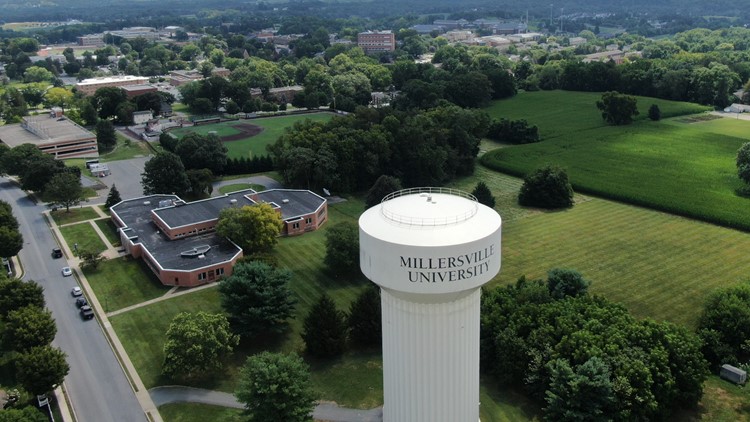MILLERSVILLE, Pa. — The total cost for commuter students at Millersville University will drop 9.2% for the 2024-25 school year, the university announced this week.
Students who live on-campus will see the cost of a full meal plan drop by almost $500, the university added.
The Lancaster County university's Council of Trustees finalized the numbers at their meeting on Thursday, school officials said.
MU will move to a flat rate tuition starting in fall 2024. Students and their families will pay $3,858 a semester for tuition for 12-18 credits. That is down from the current $4,785 a semester if a student takes 15 credit hours, according to the university.
The Board of Governors sets tuition, which is currently at the flat rate of $7,716 per year for 12 credits or more for in-state undergraduate students.
The COT voted to increase fees by $360 per semester to cover new services such as success coaching and the Starfish software, as well as increases in health services. The overall cost for the 24-25 school year for commuting students will now be $11,128 a year, down 9.2% from last fall’s cost of $12,262.
In addition, the COT voted to keep housing at the same rate as last year, and the food plan will increase by 5% to cover rising food costs. That means for the 24-25 school year, students living on campus and getting the meal plan will pay $11,979 a semester for tuition, room, board and fees. That’s a decrease of $452, or 3.6%, from the current $12,431 per semester, the university said.
“This move will help our students and their families struggling with the rising cost of living,” says Dr. Daniel A. Wubah, president of Millersville University. “Going back to a flat rate tuition model will allow our students to take 15 credits per semester at the cost of 12. By taking 15 credits every semester, students can graduate in four years. This move will make us more competitive to recruit new students and retain current students.”
In addition to moving to a flat-rate tuition model, Millersville University said it will continue to increase the financial aid available for students. The “Imagine the Possible” campaign, which raised more than $110 M, established 118 new scholarship endowments and 112 newly named annual scholarship awards. The University also gives substantial institutional aid to students.



